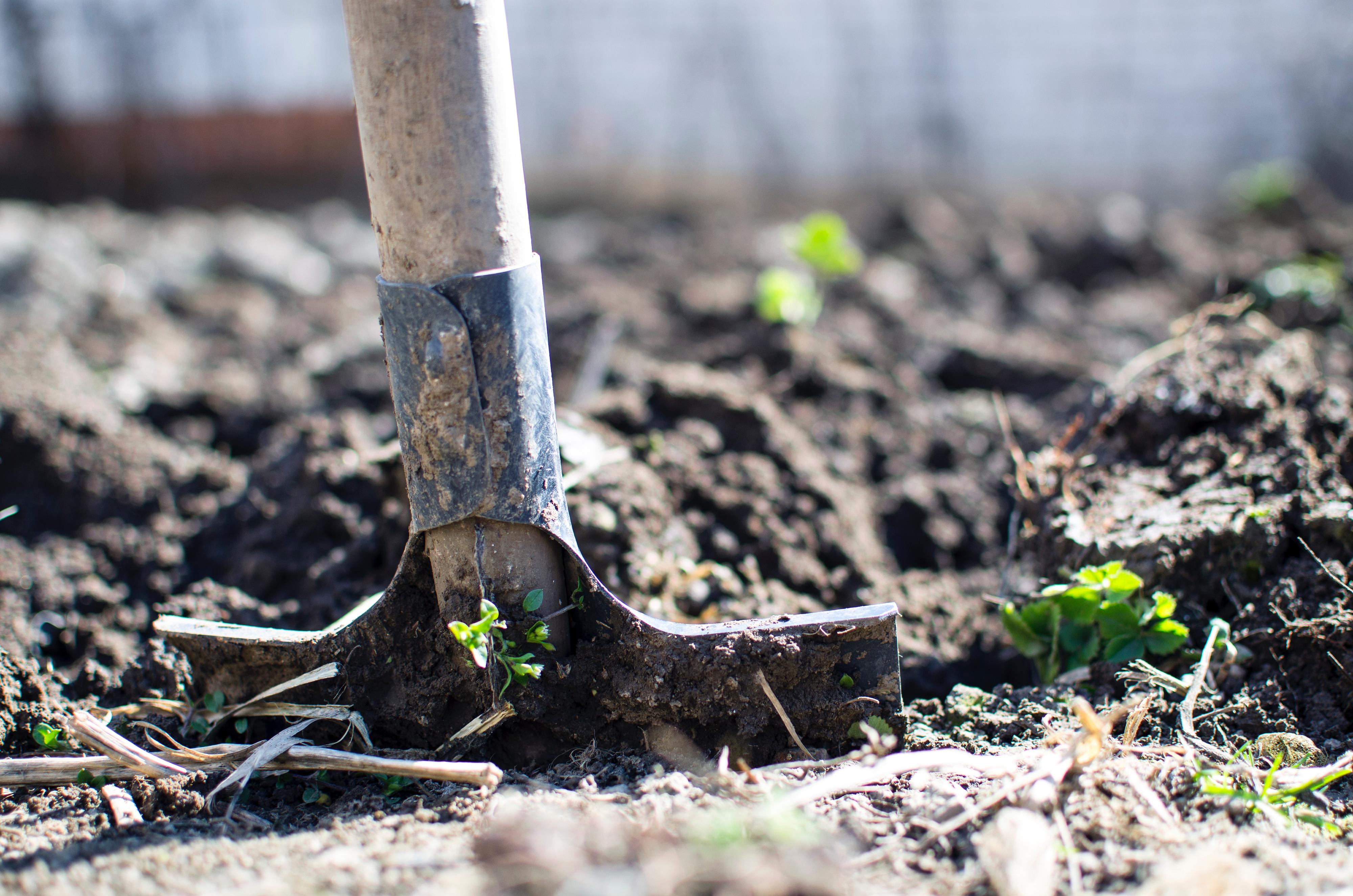Benefits Of Composting
Compost can help divert as much as 30% of household waste from going into a landfill. It is a natural and nature-friendly alternative to using chemical fertilizer. Compost acts as a natural soil conditioner by adding nutrient-rich organic matter into your dirt, you can create beautiful, thriving plants.
What To Compost
Many items that come from earth can be put into your compost like fruit and vegetable scraps. Other items like coffee grounds and filters, tea leaves, herbs, spices, and the shells of nuts and eggs can be added as well. Cut flowers, plant trimmings, and grass can be added as long as they aren't diseased. There is a long list of items you want to avoid putting into your compost, mainly animal-derived products. A few items you should keep out of your compost are meat, fish, butter, yogurt, cheese, milk, and animal fat.
How To Compost
A successful compost will consist of carbon and nitrogen-rich materials.
Carbon products are also known as brown items. Some items that fit into that category are branches, stems, dried leaves, bits of wood, bark dust or sawdust pellets, and shredded brown paper bags. Nitrogen or green items are considered fruit and veggie scraps and green leaves. Green items help provide the enzymes needed to help your soil thrive. You will want to have more carbon-based items than nitrogen-based items in your compost. Too many nitrogen-based products will make for a dense, smelly, slowly decomposing mass. A great rule of thumb is to use one-third green and two-thirds brown materials. If you notice your compost smelling or attracting fruit flies it just means you will need to add more carbon-based products.
1. Choose an outdoor space to begin your compost. You can start directly on soil or you can use a bin. Bins can help keep pest away from your compost.
2. Lay down a few inches of twigs, straw or hay as your base
3. Add your composting items by alternating brown items and green items. Make sure your compost is moist (not soggy) at all times.
4. Turn your compost with a shovel every other week
.

